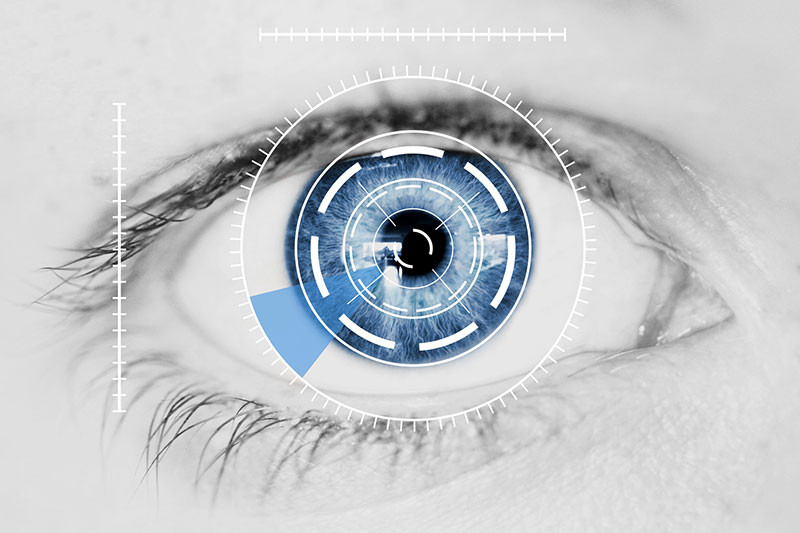Eye Movement Desensitization and Reprocessing Therapy (EMDR) is a neurobiological approach to treating trauma. It honors the understanding that trauma is most effectively treated by processing a trauma experience while intentionally activating the brain using bi-lateral stimulation. By engaging the brain in this specific manner, we are able to assist the parts of the brain that can get “stuck” in digesting and decrease the intensity of feelings associated with that trauma. EMDR also works to reinforce a positive integration and understanding of the self in regards to the trauma experience. An example of this would be moving from a stuck thought of “I’m powerless” to “I did what I could and now it’s over”. EMDR is dynamic and effective. EMDR therapy is recognized as an evidenced based form of trauma treatment and is used by many organizations and professionals worldwide to treat PTSD. Some of these organizations include the American Psychiatric Association, The American Red Cross and Department of Defense.
To understand how EMDR works, and why it can be more effective than traditional talk therapy for addressing PTSD, it is important to understand how the brain and body process trauma. EMDR addresses the four parts of trauma. These include images, emotions, body sensations, and negative thoughts that get stuck about the self. EMDR uses bi-lateral stimulation to activate both hemispheres of the brain alternately in order to reach the more primal, automatic, instinctual parts of our brain. This is where trauma is stored. Trauma is processed and stored differently than typical memories and other information. It is stored low in the brain, as scattered raw data and without a time stamp. It is difficult to understand, but this happens as a method of self-protection and because some parts of our brain go offline when overwhelmed. When the nervous system becomes overwhelmed due to trauma, our brain tries to map this information. Our brain will create an internal alarm, so if ever exposed to a similar situation again the brain will be able to respond without thinking, automatically. The problem is that, this “alarm” cannot be overridden, even with logic or a “just get over it” attitude. This alarm can be triggered easily. When triggered a person can have flashbacks or invasive thoughts, experience a flood of emotions, and feel body sensations as intense as when they survived their trauma experience. This can happen even if the rational brain senses no immediate danger in this moment. EMDR can silence this alarm signal and help the body to reach homeostasis.
EDMR has a strict eight step protocol and screening process. Although effective, EMDR is not appropriate for all clients. EMDR is different for everyone, because the client is guiding the process. The clinician’s role it to assist with that processing, attend to the bilateral stimulation and to monitor client needs. If you are interested in EMDR and would like some additional information please contact us at New Directions or visit www.EMDR.com




